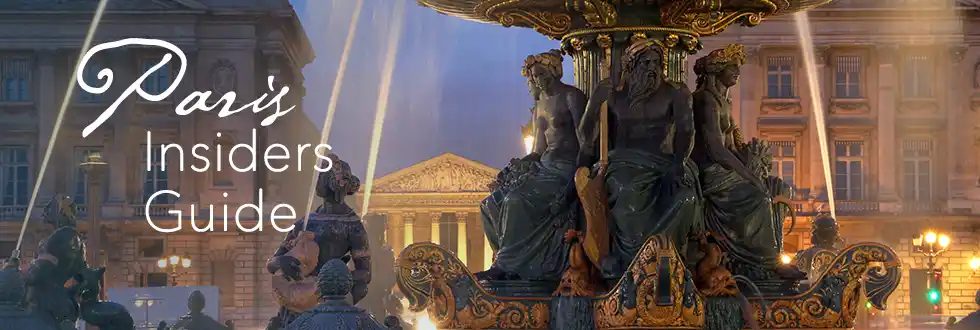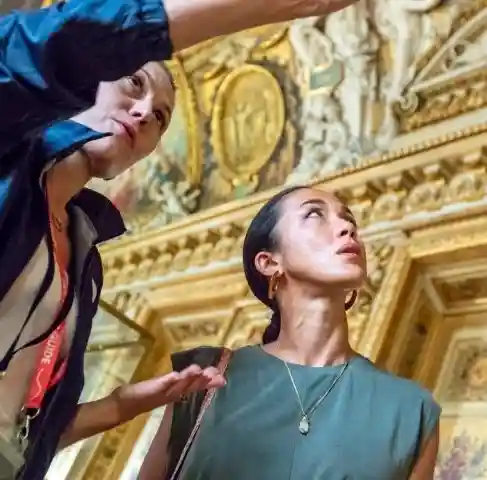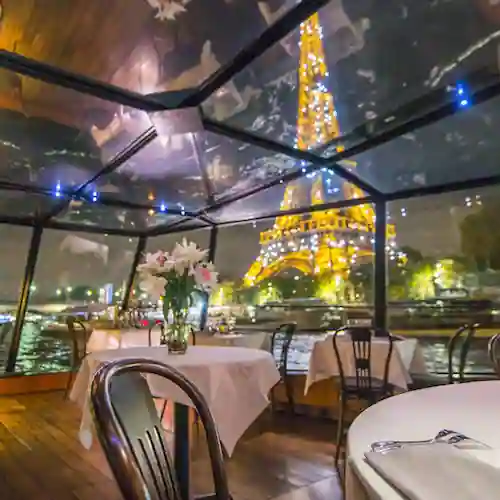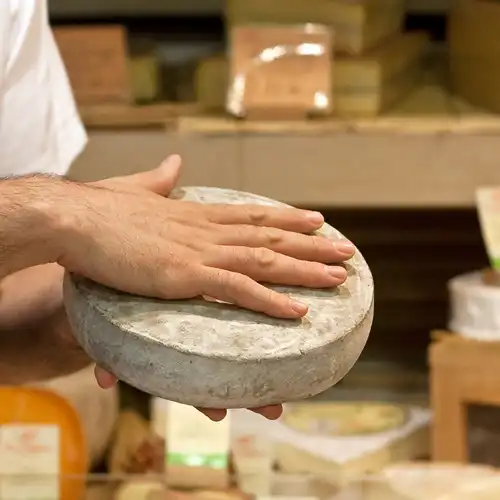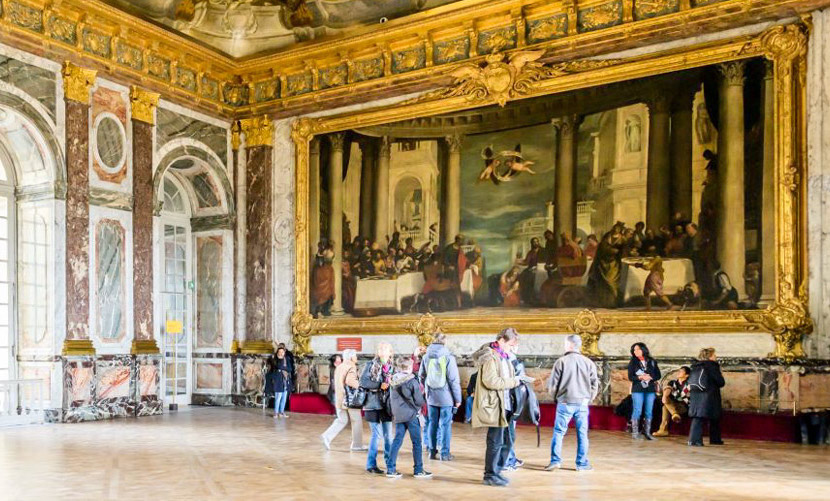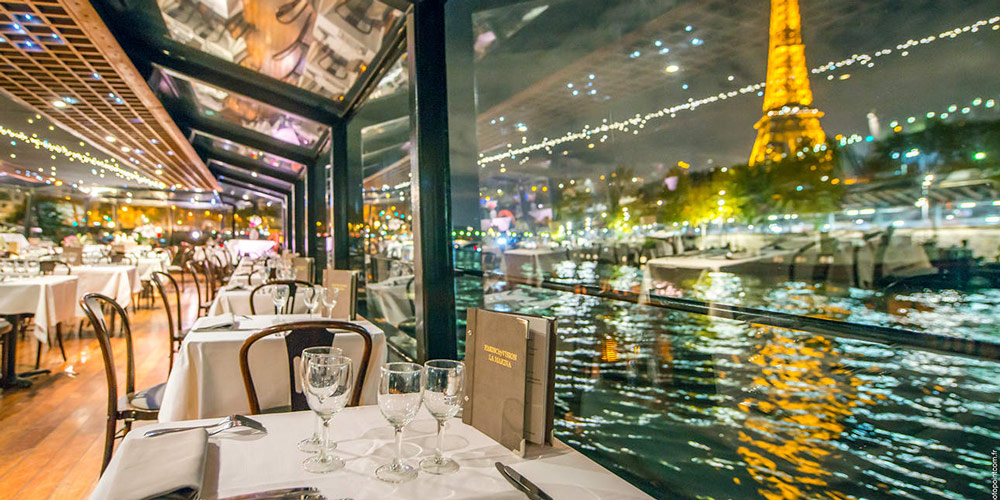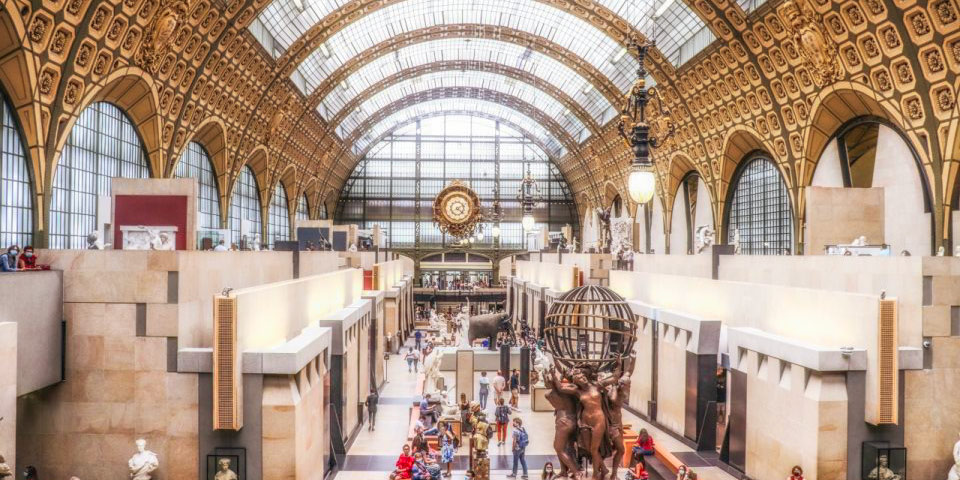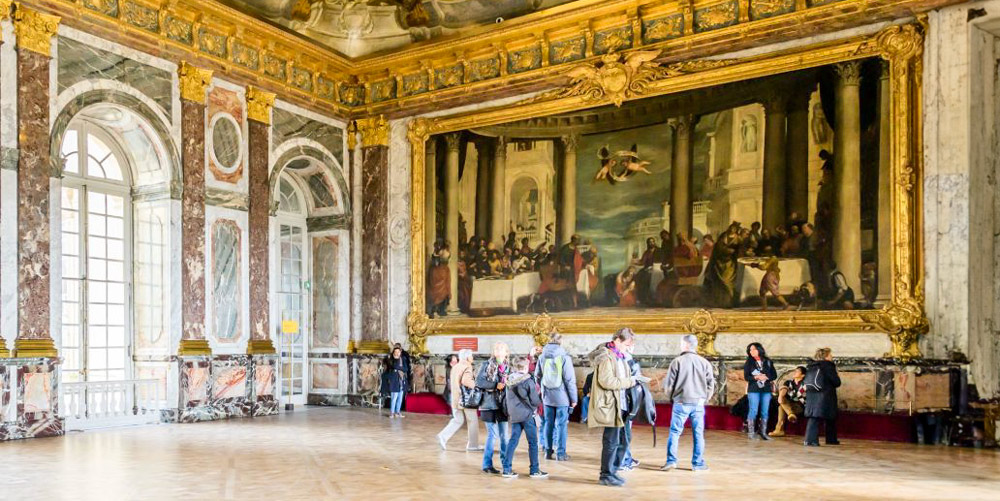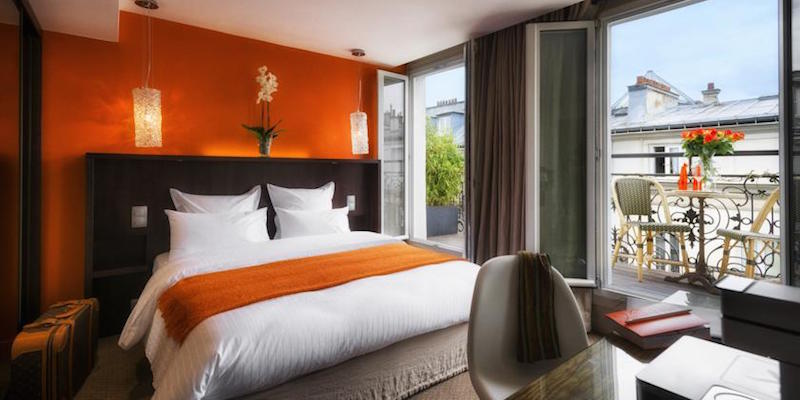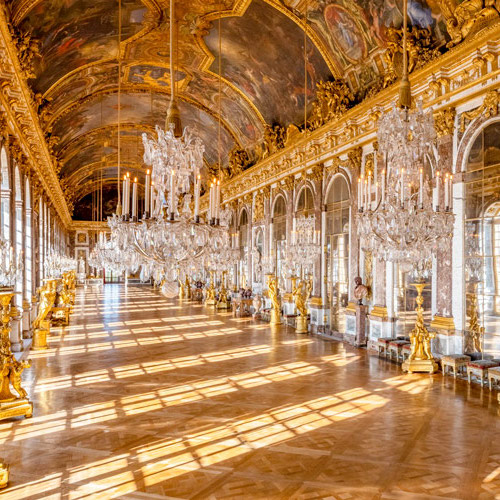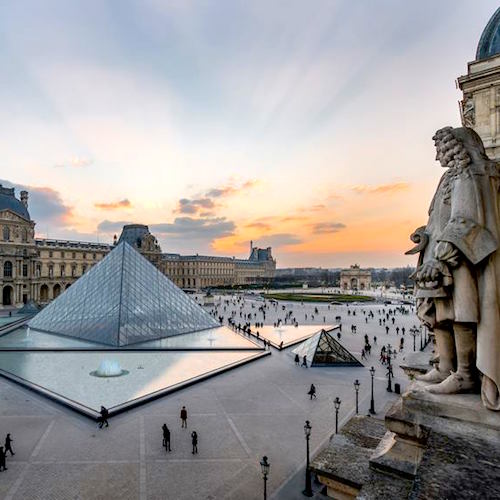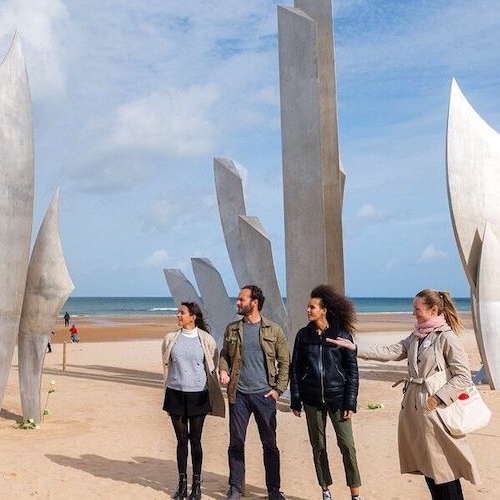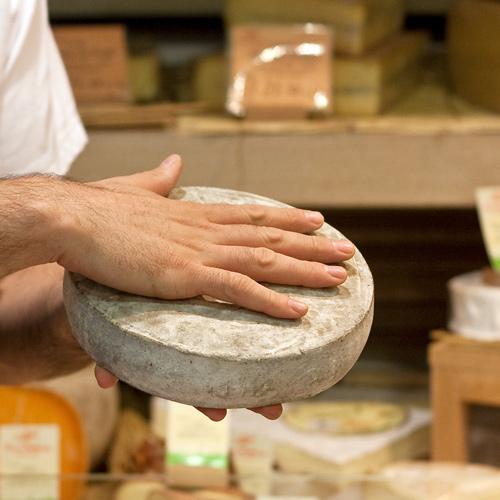8 Things To See In The 20th Arrondissement Of Paris
The 20th Arrondissement is the easternmost district of Paris (if you ignore Bois de Vincennes, that hangs off the right side of the 12th). It's a sprawling, patchwork sort of place that's an administrative district, not really a natural geographic entity. It all makes sense when you realize that the 20th was cobbled together in 1860 from land and villages that were outside the then city limits.
![]()
Our Top-Rated Paris Experiences
8 Great Things About the 20th Arrondissement
1. Belleville
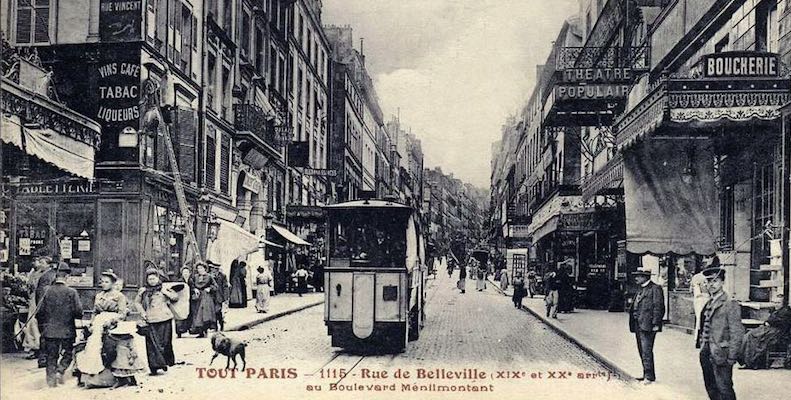 Belleville in the early 20th century in a vintage postcard
Belleville in the early 20th century in a vintage postcard
Straddling the border between the 20th and the 19th Arrondissement to the north, Belleville is a vibrant neighborhood with a history. It started as a village on a hill outside of Paris. Because it was beyond the city walls (which were known as "taxation walls") wine was cheaper and so Belleville became know as a wine village — a place where wine was bought, sold, and consumed.
Belleville ("beautiful town") and nearby Ménilmontant thrived with bars, bistros, and less savory establishments. The influx of settlers in the 19th century also tended to make it a hotbed of discontent and uprising, a place that supported rebellions in 1848 and the Paris Commune in 1871.
But, enough about history. Today Belleville is a usually described as "vibrant" and "diverse". We'd also add "bustling" because there's sure a lot going on the the commercial center of the district, along Rue de Belleville from Rue des Pyrénées to Rue de Tourtille. We remember one fun day we spent here on an in-depth visit to an artisan cheese shop. As befits its diverse character, Belleville is the place to go for ethnic cuisines, with Vietnamese now a major contender.
![]()
Discover What's On When You're Here...
• January... |
• February... |
• March... |
• April... |
• May... |
• June... |
• July... |
• August... |
• September... |
• October... |
• November... |
• December... |
Discover What's On When You're Here
• January...
|
• February... |
• March... |
|---|---|---|
• April... |
• May... |
• June... |
• July... |
• August... |
• September... |
• October... |
• November... |
• December... |
2. Parc de Belleville
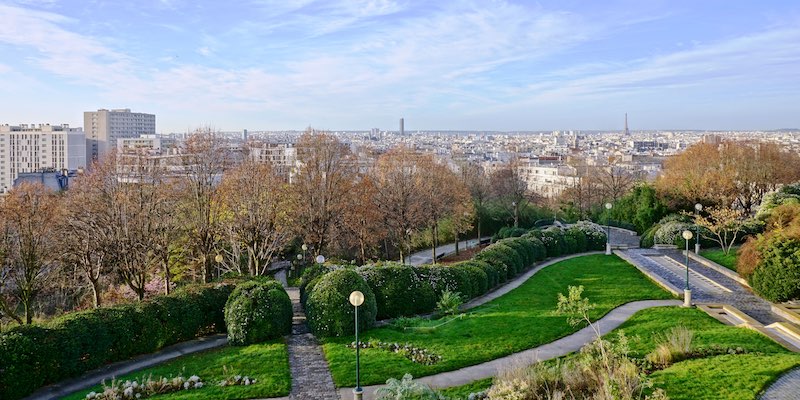 arc de Belleville, with the rest of Paris in the distance
arc de Belleville, with the rest of Paris in the distance
Running down the hill from Rue de Belleville to Rue des Couronnes is Parc de Belleville — 11 acres (4.5 hectares) of green space with flowers, trees, walkways, and fountains. It's the highest park in Paris (in terms of elevation, that is!) so it's not surprising that it has not only the longest waterfall in Paris, but also the longest children's slide.
Like other parks in Paris, it was once the site of a gypsum or limestone mine. Unlike other large parks, though, Parc de Belleville wasn't created until 1988, not in the mid-19th century like Buttes Chaumont and Parc Monceau. Today it's a haven of peaceful relaxation away from the hubbub of central Paris.
![]()
|
Paris Dinner Cruises on the Seine Dine in style as you glide past the Eiffel Tower, Notre-Dame, and the Louvre on a magical Seine River cruise. Gourmet food, champagne, and Paris lit up at night – it’s unforgettable. |
|
Paris Dinner Cruises on the Seine Dine in style as you glide past the Eiffel Tower, Notre-Dame, and the Louvre on a magical Seine River cruise. Gourmet food, champagne, and Paris lit up at night – it’s unforgettable. |
3. The View from the Top
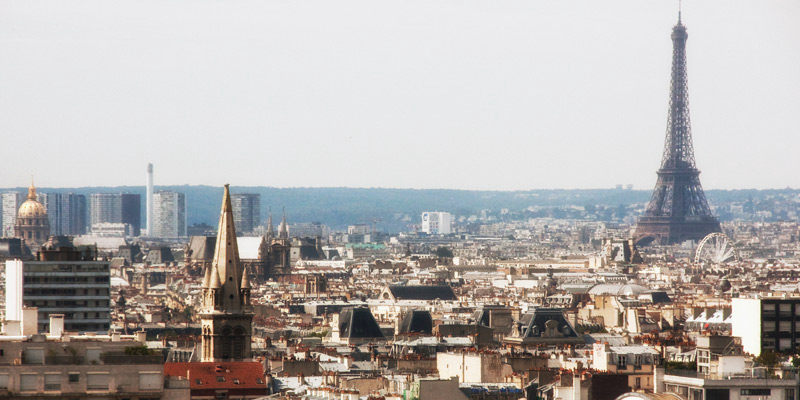 Telephoto view of the Eiffel Tower from Belleville, photo by Mark Craft
Telephoto view of the Eiffel Tower from Belleville, photo by Mark Craft
Belleville could have been called "Bellevue" since it affords one of the best views of the rest of Paris. From the top of the park you gaze across the rooftops of Paris and come to truly appreciate (perhaps shockingly so) how the Eiffel Tower dominates the city skyline. If you look closely at the photo you can see the Ferris Wheel set up in the Jardin des Tuileries and even the dome of the Pantheon. Look! Is that the roof of the Hotel de Ville?
4. The Terrace at Moncoeur Belleville
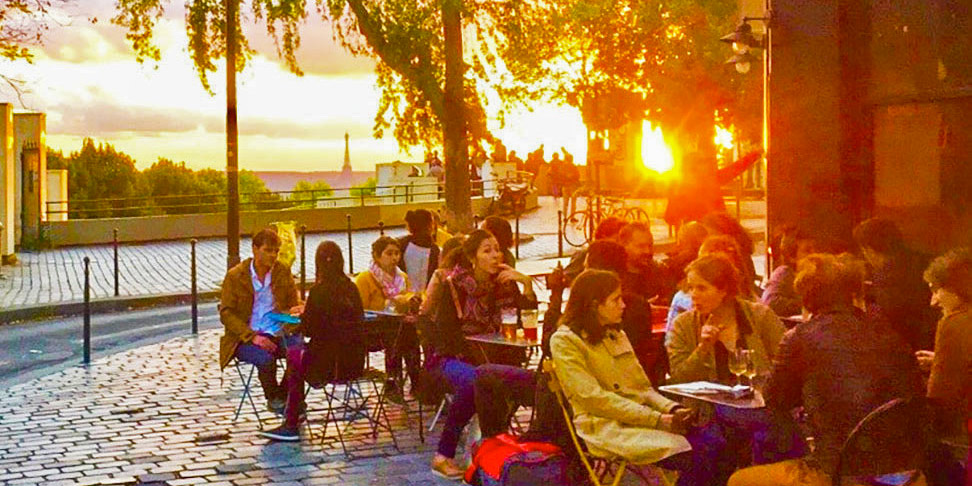 The terrace at Moncoeur Belleville, photo from Moncoeur Belleville
The terrace at Moncoeur Belleville, photo from Moncoeur Belleville
At the top of the park you can now eat outside, admiring the view, on the terrace of the newly-renovated restaurant, Moncoeur Belleville. (You can see the Eiffel Tower in the photo above.) Moncoeur is one of the signs of changing times in Belleville, as more and more young Parisians are choosing to live there to benefit from the lower housing costs.
- 1 Rue des Envierges
- Website…
![]()
|
Skip the lines and join an expert-led tour through the Musée d'Orsay — home to Van Gogh, Degas, and Monet. It’s the ultimate walk through 19th-century art in a grand old train station. |
|
Skip the lines and join an expert-led tour through the Musée d'Orsay — home to Van Gogh, Degas, and Monet. It’s the ultimate walk through 19th-century art in a grand old train station. |
5. Edith Piaf
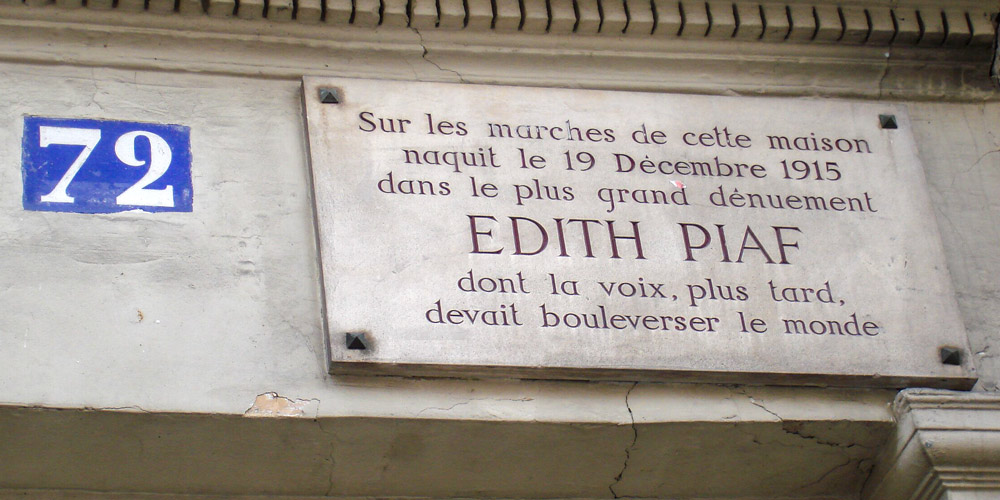 Edith Piaf plaque in Belleville, photo Wikimedia by Ouicoude
Edith Piaf plaque in Belleville, photo Wikimedia by Ouicoude
Not only is Edith Piaf a Parisian icon, it's also the name of place in the 20th Arrondissement where a bronze statue of the singer now resides. (There's also a bar named after her, or perhaps it's named after the place.) Legend has it she was born "under a streetlamp in Belleville", apparently outside the door of 72 Rue de Belleville, where there is now a plaque to commemorate the event. Residents remain fiercely proud of her being a native of the district.
6. Père Lachaise Cemetery
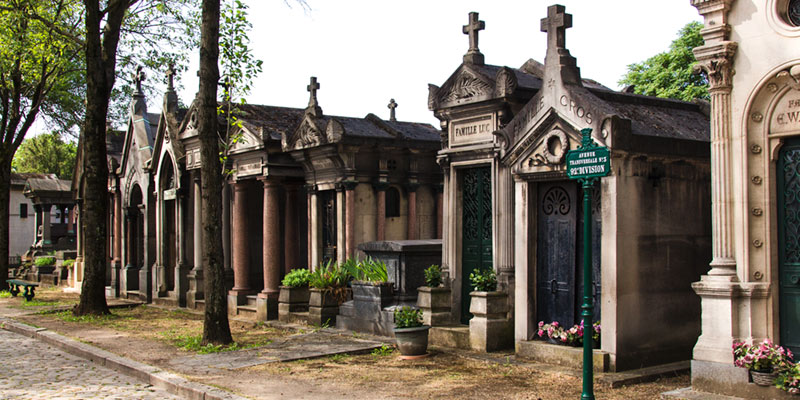 Père Lachaise Cemetery, photo by Mark Craft
Père Lachaise Cemetery, photo by Mark Craft
Speaking of Edith Piaf, can you name the only venue where she and Jim Morrison appeared together? And Frederic Chopin, for that matter? We know you already guessed, correctly — that they are all buried in Père Lachaise Cemetery, the most-visited attraction in the 20th Arrondissement. And for good reason. It's a fascinating walk through history with an unusual collection of characters — famous and infamous — gathered together in one spot.
We signed on for a guided walking tour of Père Lachaise and found that it was one of the most enjoyable things we've done in Paris for quite a while. It wasn't just visiting the graves — our guide made the experience fascinating with tales of history, intrigue, and unusual characters. And that's not hard to do with a line-up like this — Oscar Wilde, Chopin, Edith Piaf, Jim Morrison, Gertrude Stein, Marcel Proust, Molière… the list goes on. Highly recommended.
![]()
|
Trade Paris bustle for royal grandeur on a guided Versailles tour. Skip the lines, wander the gardens, and peek inside Marie Antoinette’s private estate. History never looked this good. |
|
Trade Paris bustle for royal grandeur on a guided Versailles tour. Skip the lines, wander the gardens, and peek inside Marie Antoinette’s private estate. History never looked this good. |
7. The Secret Garden of the 20th
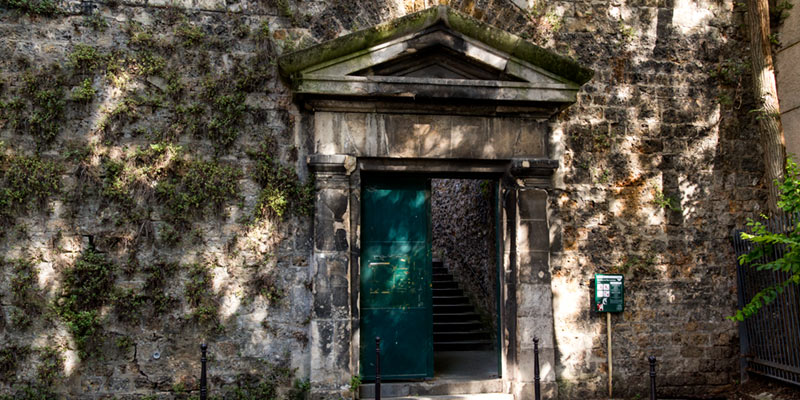 Père Lachaise entrance on Rue de la Réunion, photo by Mark Craft
Père Lachaise entrance on Rue de la Réunion, photo by Mark Craft
There's a unique, nearly secret garden in the 20th Arrondissement that most visitors have never heard of. We hadn't heard of it ourselves until we did the tour of Père Lachaise. The guide took us in the "back' gate of the cemetery, located at the end of narrow, dead-end Rue de la Réunion. Right up against the wall of Père Lachaise, with an entry on Rue de la Réunion, is the small Jardin Naturel Pierre-Emmanuel.
What's unusual about this Paris garden is that it's all natural, as its name implies. The garden has simply been allowed to evolve, with no plantings, mowings, or other types of normal gardening. There's a pond where water plants grow, along with tadpoles. The next time we're at the Alexandre Dumas market we're going to set aside some time to relax in the natural setting of Pierre-Emmanuel.
- 120 Rue de la Réunion
8. The Four Corners
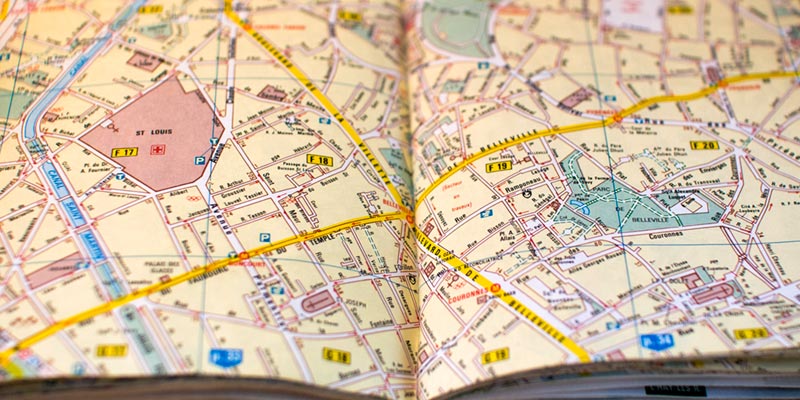
If you're from the US you'll be familiar with the Four Corners, where four states meet at the same point. (Colorado, Utah, Arizona & New Mexico.) In eastern Paris the same geographical phenomenon occurs, where four arrondissements meet at the same point — the 10th, 11th, 19th & 20th. It happens at the Belleville Metro station, where Boulevard de Belleville and Rue de Belleville and boulevard de la Villette and Rue du Faubourg du Temple all come together.
It's the result of political district creating in the 19th century,when Baron Haussmann drew some straight lines on a map. There's no obelisk marking the spot, but if you happen to come up out of Metro Belleville, stop in to cafe La Vielleuse and raise a glass to the baron.
![]()
|
Browse our hand-picked Paris hotel deals with real-time discounts of up to 20%. Stay in the Marais, Saint Germain, the Latin Quarter, the Left Bank near the Eiffel Tower… every arrondissement is on the list. |
|
Browse our hand-picked Paris hotel deals with real-time discounts of up to 20%. Stay in the Marais, Saint Germain, the Latin Quarter, the Left Bank near the Eiffel Tower… every arrondissement is on the list. |
20th Arrondissement Resources
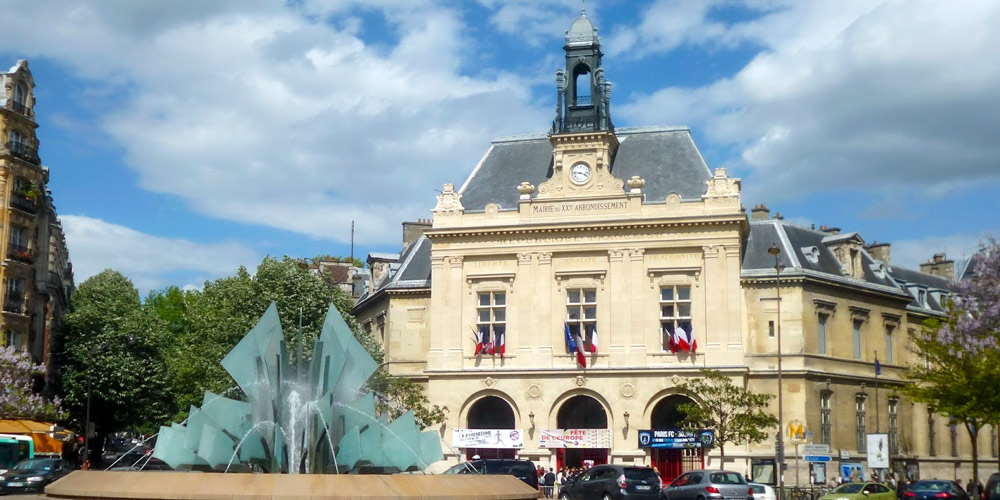 Mairie du 20e Arrondissement, photo AHAV Paris
Mairie du 20e Arrondissement, photo AHAV Paris
The 20th Arrondissement was cobbled together from land and villages that were outside the then city limits. The wine village of Belleville and the neighboring hamlet of Ménilmontant were brought into the new Paris boundaries, as was the land that stretched from there down to the border of the also-new 12th Arrondissement. Because living costs have always been cheaper here than central Paris, the area has attracted immigrants, refugees, and poorer people coming in from rural France.
The lovely arrondissement town hall (mairie) of the 20th Arrondissement is located on the equally-lovely Place Gambetta.
- Metro Line 11 runs along the northern boundary of the 20th (shared with the 19th) with stations including Belleville, Pyrébéées, and Jourdain.
- Metro Line 2 runs along the western boundary of the 20th (shared with the 11th) with stations including Belleville, Couronnes, Ménilmonant, and Alexandre-Dumas
- Metro Line 3 runs west-to-east through the 20th serving Père-Lachaise, Gambetta, Porte de Bagnolet, and Pelleport (on the 3B spur).
- The cute street-level Tram T3b runs peripherally pretty much on the eastern border of the district.
Paris Planning Guides
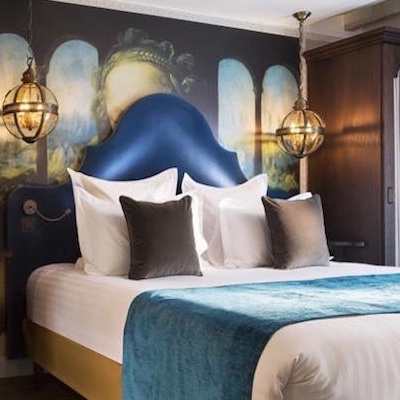 Left Bank Hotels
Left Bank Hotels |
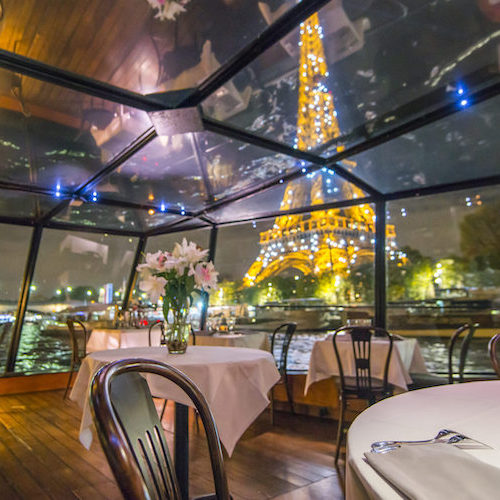 Glorious Dinner Cruises
Glorious Dinner Cruises |
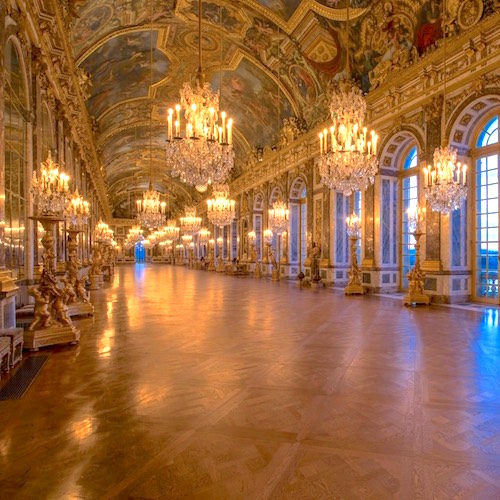 Visiting Versailles
Visiting Versailles |
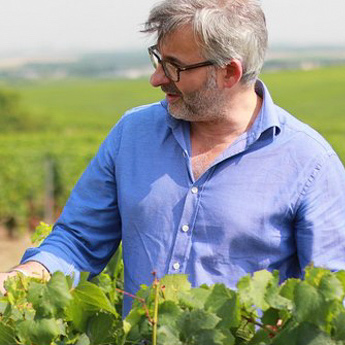 VIP to Champagne
VIP to Champagne |
